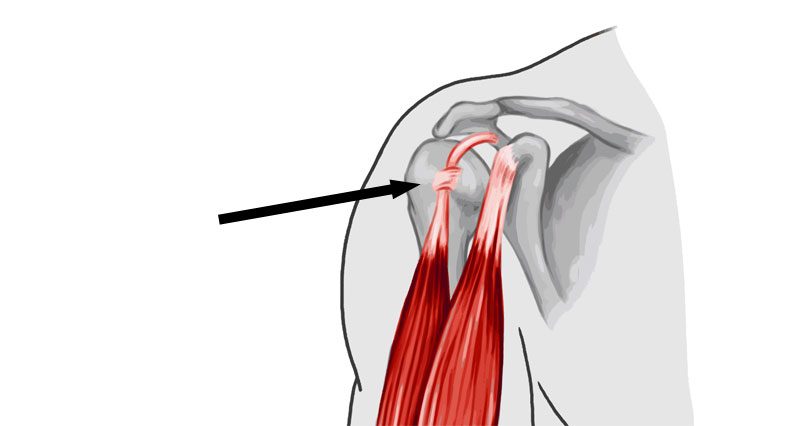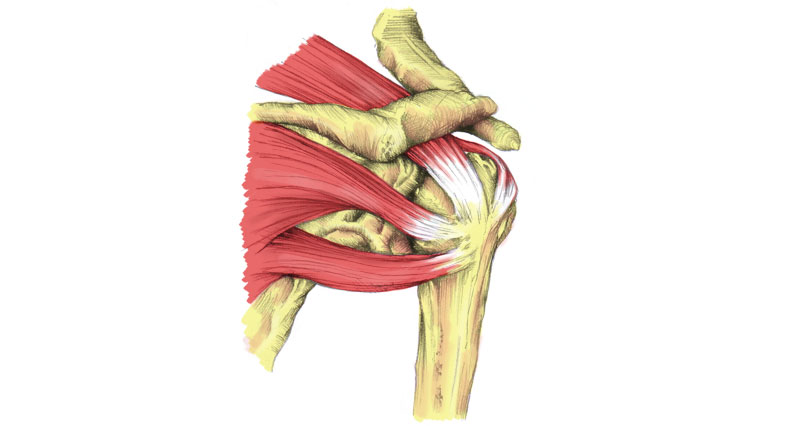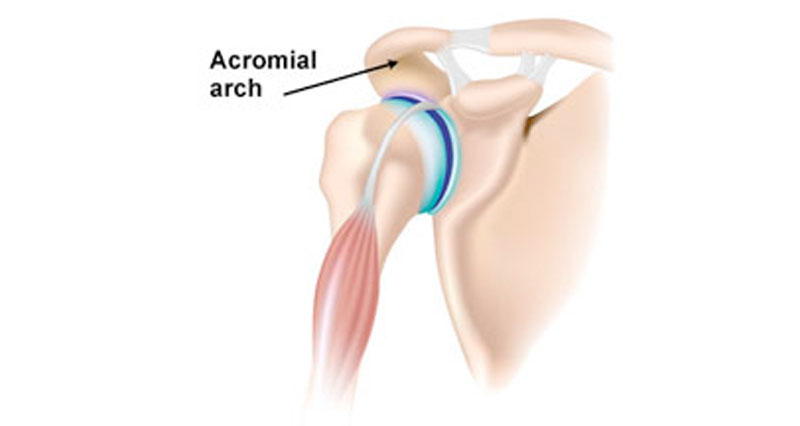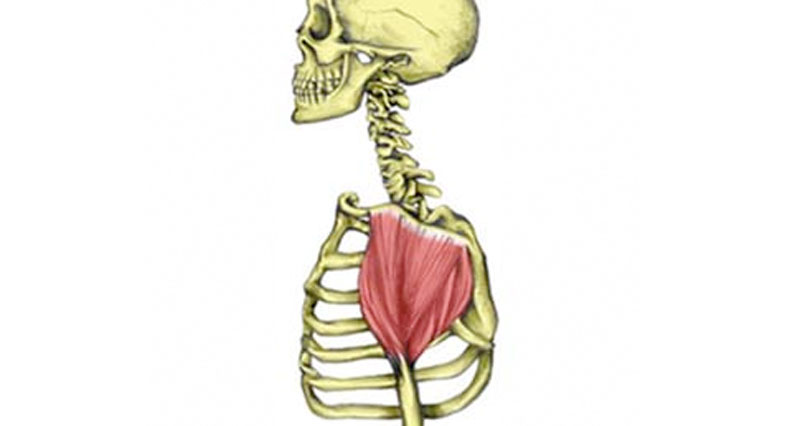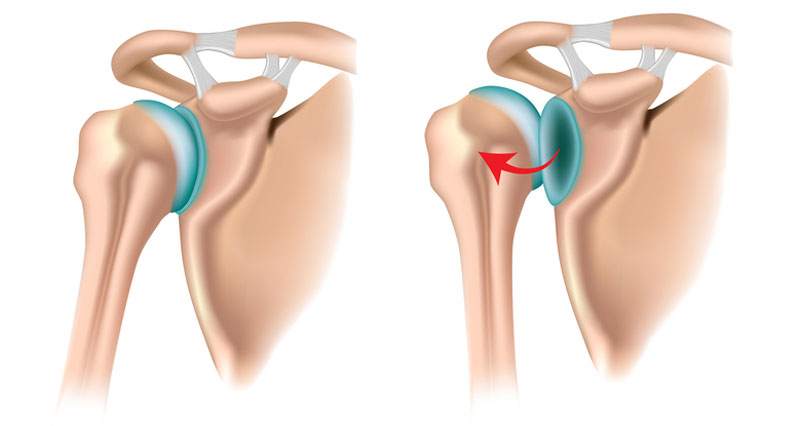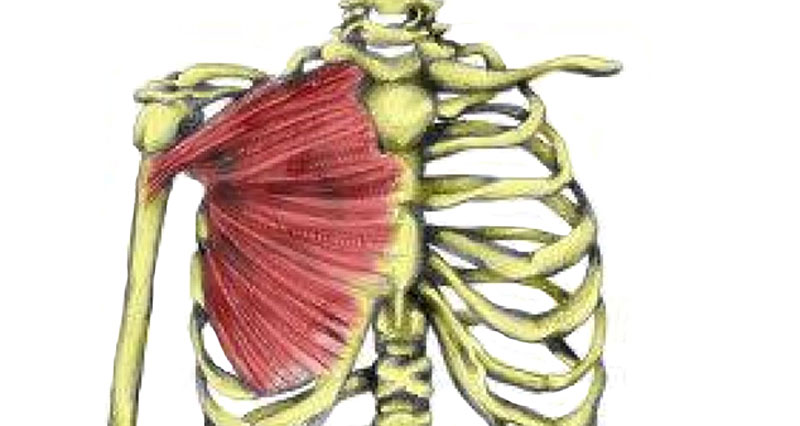A rupture or tear to the long head of the biceps causes pain at the front of the shoulder. It is more common in older athletes.
Symptoms
- Sudden sharp pain at the front of the upper arm.
- Swelling over the front of the shoulder joint.
- You may have a feeling that something at the front of your shoulder has torn.
- There may be a visible deformity, especially if it is a complete rupture. This is because the biceps muscle contracts or bunches up.
- A partial rupture is likely to be painful when contracting the biceps muscle. In particular, raising a straight arm up in front as this
What is a rupture of the long head of the biceps?
A long head of the biceps rupture is simply a tear to the tendon that attaches the long head (part) of the biceps muscle to the front of the shoulder.
The biceps muscle is located on the front of the upper arm. When it contracts, it flexes (bends) the elbow and weakly flexes the shoulder (moves the arm forwards and upwards).
The upper part of the biceps muscle splits into two parts (heads). Each head attaches with separate tendons to the front of the shoulder. The long tendon passes over the top of the humerus bone (upper arm) and attaches to the top of the shoulder blade.
A rupture of this tendon is rare in young athletes but is more common in older ones.
Treatment
If you suspect you may have a rupture of the long head of biceps then seek medical advice from a sports injury specialist or doctor as soon as possible.
Apply immediate first aid of ice or cold therapy. Ice should not be applied directly to the skin but wrapped in a wet tea towel. Or use a commercially available cold therapy wrap.
A professional therapist will advise on treatment and rehabilitation.
For severe or complete ruptures surgery may be required to repair the tendon, especially if you participate in a sport that requires the use of your shoulder.
Some patients may get by perfectly well without surgical repair as surprisingly there is often little loss of strength in the biceps muscle which functions perfectly well with a single head intact.
